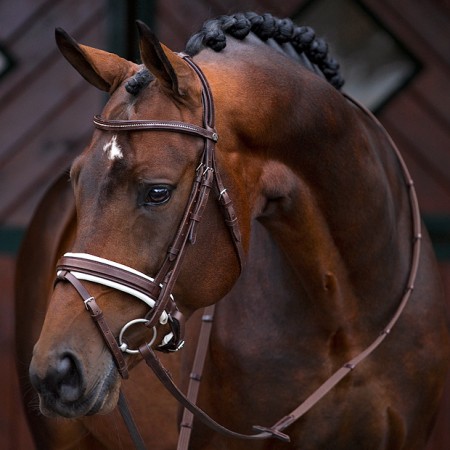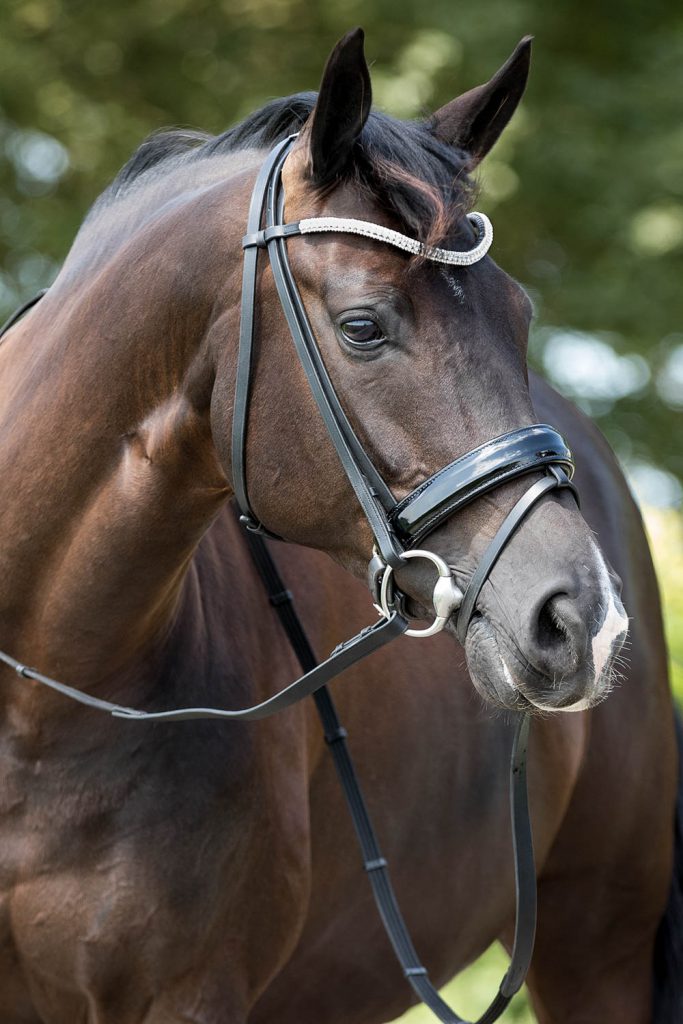A good harness for a horse is no less important than the conditions of its keeping and the diet. It is the high-quality harness elements that protect the animal from injury and reduce the load during work.
However, the harness is different, so the question often arises before novice horse breeders – which one to choose? We will consider the varieties and composition of horse harness in this article.
The most common horse harness consists of a harness and a yoke. Each detail should be suitable for the animal in build and size, individual for each horse.
The importance of the horse harness is emphasized by the fact that for a long time no money was spared on it and was protected like the apple of an eye. Most often it was made to order, carefully tailored to a specific animal. Currently, ready-made harnesses can be bought either on the market or in a specialized store.

The main components of the harness are: a collar, a bridle for a horse, an arch, an abdomen, reins, and a harness; additional elements are added if necessary.
A ready-made store harness is cheaper than a custom-made harness, but no one can guarantee that all elements of the purchased harness will ideally fit the horse. In this regard, experienced horse breeders recommend nevertheless selecting each element separately, focusing on the parameters of a particular animal.
The clamp is the most important and obligatory harness element. It is through it that the traction force is transmitted to the cart or sled. The collar must be placed on the horse’s neck in such a way that it does not hinder freedom of movement and does not interfere with free breathing. It should not be too long or too wide. Otherwise, you can damage the horse’s skin or inflict other injuries on it that reduce traction. To fasten this element correctly and securely, the harness must be strong and sturdy.
The purpose of the harness is to hold the clamp in place, especially at those moments when the animal goes downhill or slows down after settling down. It is adjusted in such a way that a human palm can be squeezed between the ischial tubercles of the animal and the rim strap.
Consists of several belts. The harness is made of durable and high-quality leather, which gives it the necessary characteristics. The dimensions of this element must be determined accurately, based on the parameters of a particular animal. The wrong harness size can cause abrasions and other damage to the horse’s skin.
Also, the reliability and service life of all harness elements strongly depends on the quality of the girth. It is made exclusively from good leather since this material does not irritate the animal and fits snugly into its body.
Experts consider the bridle to be the most difficult part of a horse harness.
It includes reins, a bit, and a halter that wraps around the horse’s head. The most practical is the so-called marching bridle, which makes it possible to lead a horse with the help of duplicate reins, and allows you to water it without unharnessing.
Also necessarily in the composition of any harness, there are reins, which are both leather and textile.
The saddle part of the harness is designed to secure and support the entire harness with the help of a saddle. The saddle is also involved in the transmission of traction and in the distribution of it over the horse’s back. Distinguish between a recumbent and a hunchbacked nurse. On the back, the saddle is held with a girth.
The crescent is passed through a saddle (hence the name), and then attached to the right and left shafts at both ends. It is also responsible for supporting the weight of the archwire, shaft and yoke, and for transmitting traction to the saddle.
The abdomen, like the sweet monkey, is a leather belt. Both of these belts are interconnected by means of a ring and are attached to the shafts by means of loops. The abdomen also fixes the position of the harness on the animal. It is passed under a girth and is attached at two ends to both shafts. It is important to remember that the height of the shafts above the ground should be optimal – not too high, but not too low.
An important element of a horse harness is an arch. With its help, the clamp is attached to the shafts with a tug. Also, the arc acts as a shock absorber in the event of sudden jerks or strong jolts, so it must be not only strong but also elastic.
Shafts should be equal in length.
They are usually made from durable wood.
Varieties of Horse Harness
It is important that the harness is of high quality and is as suitable as possible for the horse in its size. In addition, it should be lightweight and easy to repair.
The harness is different. By its purpose, it is divided into:
- agricultural;
- transport;
- traveling harness.
Agricultural, in turn, is divided into single and for several horses.
Transport is designed to carry large weights, so it usually involves harnessing several horses (two, four, six, and so on).
The outbound harness belongs to the front harness, so the number of animals in it may vary.
All types of the harness are also divided into one-horse, two-horse, and multi-horse.
For agricultural work, a one-horse harness is most often used. When harnessed in pairs, horses can stand next to each other, or they can be behind each other. Let’s consider these varieties in more detail.
One-horse
A one-horse harness can be arc and arcless. As the name implies, one harness horse is harnessed with its help. The arc consists of an arc, a clamp, a tug, a suponi, shafts, a nurse, a weekly, harnesses, bridles, and reins.
When using the arcless version, the function of the clamp is performed by the harness, taking on the main weight of the carriage. It also includes belt throats, shafts, bridle, reins, and so on. Another name for such a harness is shallow-post-edging. Often, in this version, shorter shafts are used, which are not attached to a clamp (which is not there), but to a saddle lying on the animal’s back.
Drawbar Harness
This option is equally well suited for harnessing one or two horses. The main part of this option is a drawbar rigidly attached to the shafts.
However, especially if this harness is used when pulling two-wheeled equipment, horses are often injured due to the drawbar pressing too hard on the yoke. To avoid this and increase the horse’s performance, experts advise putting on a saddle and tightening the lines with a week.
Post-line Harness
This type of harness is very simple but extremely inconvenient. This is due to the fact that it is difficult to hold the carriage during forwarding motion. This type provides for the transmission of tractive effort from the clamp directly through the post, without the shafts.
Due to their absence, when braking, the carriage often runs into a horse, so it must have its own brake.
Carriage Type of Harness
Provides for harnessing four horses at once, standing next to each other. Nowadays, it is rare, most often in staged shows. This harness belongs to the post-edging-drawbar. With the help of the central drawbar, the central pair of animals are harnessed, and the lateral ones (right and left), attached to the wagons, are harnessed.
Combined Harness
This variety is typical for European countries and provides for a large number of horses at once (usually from six to eight). The structure of such a team includes both a drawbar with strings and shafts.
When using this option, the selection of horses in terms of height and strength indicators comes to the fore. So, the rootstocks must be tall and strong so that they have enough strength to hold the cart.
Tie horses (paired or tripled with indigenous ones) are harnessed with strings and are responsible for turning the entire carriage. Horses, called outriggers, are placed in front of the root horses. They are also harnessed by means of strings. Their main task is to set the general direction.
Zug

Zug is a type of harness in which horses go either in a single file (one after another; the so-called “goose harness”) or in pairs, one after the other.
Now, this option is practically not used (except for various historical shows and when shooting films).

